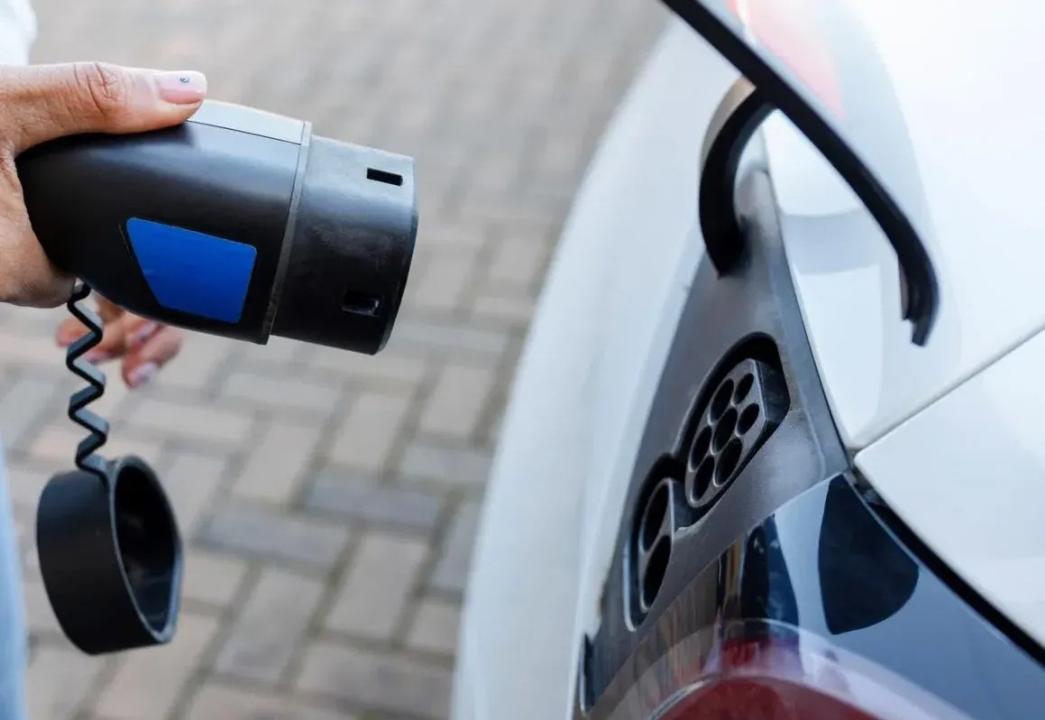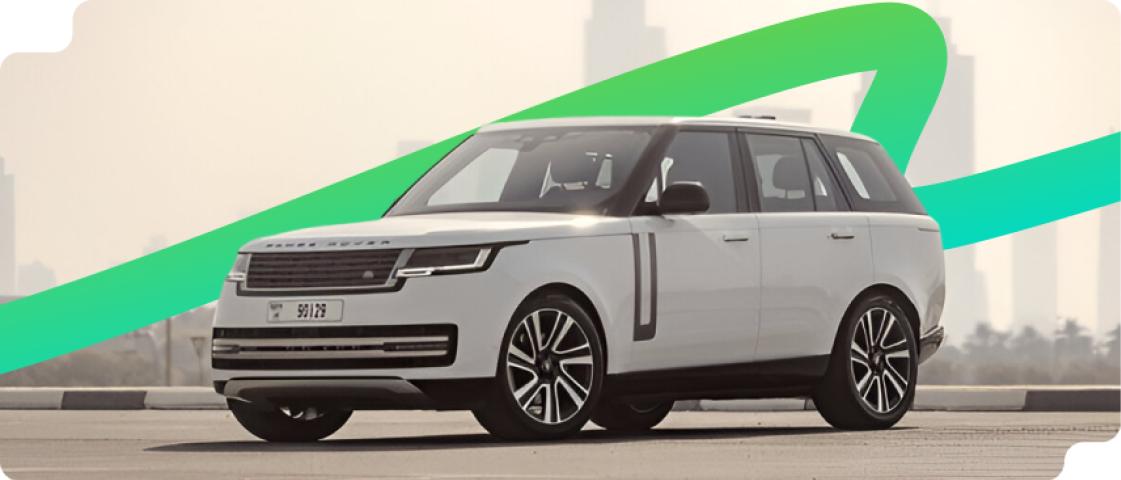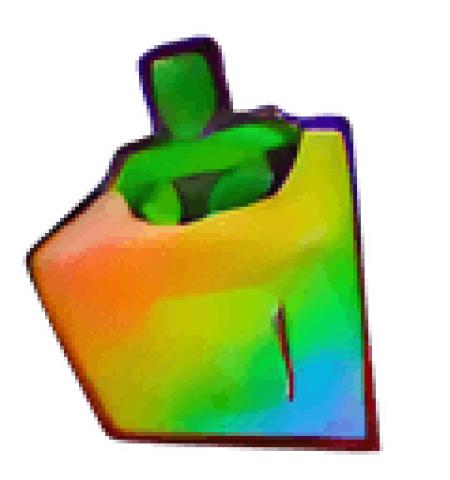Vehicle-to-Grid (V2G) Technology: Revolutionizing Energy Management and EV Integration
In an era where sustainability and energy efficiency are paramount, Vehicle-to-Grid (V2G) technology is emerging as a game-changing innovation that bridges the gap between electric vehicles (EVs) and the power grid. V2G not only allows EVs to draw energy from the grid, but also enables them to send energy back to it, transforming these vehicles into mobile energy storage units. This technology holds the potential to revolutionize energy management, reduce carbon footprints, and create a more resilient power infrastructure.As a leading EV charger manufacturer in China, LiCB Charge offers reliable AC and DC electric vehicle charging stations along with comprehensive charging solutions.
What is V2G?
Vehicle-to-Grid (V2G) is a technology that enables energy stored in an electric vehicle’s battery to be fed back into the power grid. Unlike traditional charging systems that allow only energy to flow from the grid to the vehicle, V2G allows for a two-way flow of electricity. This means that an EV plugged into a compatible charging station can either charge its battery or discharge energy back to the grid, depending on the grid's needs or the owner's preferences.
While bi-directional charging and V2G are closely related, they are not entirely synonymous. Bi-directional charging refers to the ability to both charge and discharge an EV's battery, while V2G specifically refers to sending energy back to the grid. V2G is about integrating EVs into the broader energy ecosystem, not just storing energy.
How Does V2G Work?
At its core, V2G helps balance energy supply and demand. The power grid relies on a delicate equilibrium: electricity generation must always match consumption. When demand exceeds supply, blackouts can occur, and when supply exceeds demand, energy is wasted. V2G addresses this by enabling EVs to act as distributed energy resources.
Here's how it functions in practice:
-
Charging and Discharging: When an EV is plugged into a V2G-enabled charger, it can either charge its battery from the grid or send energy back. This decision is made based on signals from the grid operator, depending on periods of high demand or excess supply.
-
Smart Communication: V2G systems utilize advanced communication technologies to ensure that drivers have enough energy for their needs. For example, an EV owner can specify when they plan to unplug their vehicle and how much charge is required, and the system will optimize charging and discharging cycles to meet these needs while supporting the grid.
-
Grid Services: By sending energy back to the grid during peak demand periods, V2G-equipped EVs can provide essential grid services like frequency regulation and load balancing, helping stabilize the grid and reducing the need for fossil fuel-powered peaking plants.
-
Energy Arbitrage: V2G also opens opportunities for energy arbitrage, where EV owners can charge during off-peak hours when electricity prices are lower and sell energy back during peak hours when prices are higher, generating financial incentives.
The Role of Bi-Directional Chargers
To make V2G work, bi-directional chargers are essential. These chargers can convert alternating current (AC) from the grid into direct current (DC) for charging the EV battery, and vice versa, converting DC from the battery back into AC for the grid.
Bi-directional chargers are more complex than standard EV chargers, as they manage electricity flow in both directions while ensuring safety and efficiency. They also require advanced software to communicate with both the grid and the vehicle’s systems.
Applications of V2G Technology
V2G technology holds great potential for various applications beyond just grid stabilization. Some promising use cases include:
-
Home Energy Backup: During power outages, an EV with V2G can serve as a backup power source for homes, particularly in areas prone to extreme weather or unreliable grid infrastructure.
-
Renewable Energy Integration: V2G plays a crucial role in integrating intermittent renewable energy sources, like solar and wind, into the grid. EVs can store excess energy produced during sunny or windy periods and release it when production is low.
-
Fleet Management: Commercial fleets, including electric delivery trucks or buses, can use V2G to optimize energy use and reduce operating costs. A fleet operator could charge vehicles overnight when electricity is cheap and use them to support the grid during the day.
-
Emergency Response: In disaster scenarios, EVs with V2G capabilities can supply emergency power to critical infrastructure, such as hospitals or emergency shelters.
Which EVs Are Compatible with V2G?
Not all electric vehicles are equipped to support V2G technology. To participate, an EV must have bi-directional charging capabilities, which are still uncommon among commercial models. However, more automakers are embracing this technology, and the list of V2G-compatible vehicles is expanding. Some notable examples include:
-
Ford F-150 Lightning: Ford’s electric pickup truck features bi-directional charging, allowing it to power homes during an outage or feed energy back to the grid.
-
Nissan Leaf: One of the first EVs to support bi-directional charging, the Nissan Leaf is a pioneer in V2G, with active participation in pilot projects worldwide.
-
GMC Hummer EV: The electric Hummer is equipped with bi-directional charging, supporting both V2G and vehicle-to-home (V2H) applications.
-
Mitsubishi Outlander PHEV: This plug-in hybrid SUV offers bi-directional charging as a standard feature.
-
Volvo EX90: Volvo's upcoming electric SUV is expected to include V2G functionality, broadening the options available for consumers interested in this technology.
Challenges and Opportunities
V2G technology presents some challenges, such as the lack of standardization across charging systems, leading to potential compatibility issues between different EVs and chargers. Additionally, bi-directional chargers are currently more expensive than standard chargers, although prices are expected to decrease as the technology evolves.
Another concern is the potential impact of frequent charging and discharging cycles on battery life. Although modern lithium-ion batteries are designed for thousands of cycles, the added wear from V2G use could reduce their lifespan. However, ongoing research is focused on optimizing battery management to mitigate this issue.
Despite these challenges, V2G’s opportunities are significant. With the continued rise in EV adoption, V2G can help create a more flexible, resilient, and sustainable energy system. It offers the potential to reduce dependence on fossil fuels, lower energy costs, and accelerate the transition to a clean energy future.
The Future of V2G
The future of V2G technology looks promising. Governments, utilities, and automakers are recognizing the value of integrating EVs into the grid. Pilot projects are already underway in countries like the U.S., the U.K., Japan, and Denmark, demonstrating the benefits and feasibility of V2G.
As technology evolves, broader adoption of V2G-compatible vehicles and infrastructure is expected. Advances in battery technology, smart grids, and renewable energy integration will enhance V2G's capabilities, making it an integral part of the energy landscape.
Conclusion
Vehicle-to-Grid technology represents a shift in how we view energy and transportation. By allowing electric vehicles to act as dynamic energy resources, V2G has the potential to revolutionize the power grid, reduce emissions, and empower consumers to control their energy use. As we move towards a more sustainable future, V2G will undoubtedly be central to the way we generate, store, and consume energy.Know more about Google SEO Directory











